Are you sweating in hot summer? This is a normal phenomenon where our body release water in form of sweat to maintain our body temperature. The similar phenomenon happened with plants with a process known as Transpiration.
Transpiration is a process in which plants losses water from areolar parts, particularly by leaves through stomata. This is a continuous process as when atmospheric temperature gets increased due to sun light, plant start sweating/transpiring thereby Colling themselves and air as well. In forest areas the large volume of water came into atmosphere due to transpiration that induce cloud cover to near by area and thus may trigger rainfall. Hence increasing the trees plantation and forest coverage can help in reducing the impact of global warming by increasing transpiration. This is precisely the reason why scientist raises concern for decreasing plants and deforestation. Fortunately, tree and forest coverage has increasing trend in India in past years despite increasing infrastructure projects.
Plants may play a vital role in maintaining the global climate in future. Increasing human population and greenhouse gases will increase the global temperature in coming days. This is because the contribution of CO2 and other GHG will continue to rise and thus increase the global temperature.
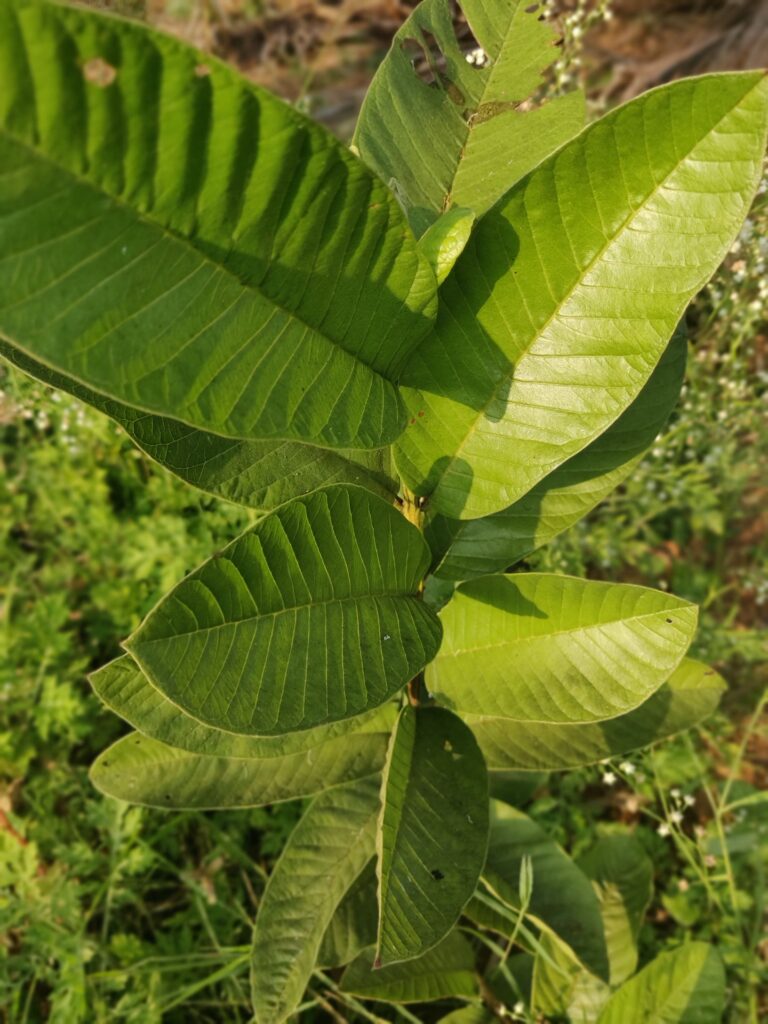
How increasing Trees/forest can help in balancing global temperature;
Sun is the ultimate sources of energy on earth. Plants traps considerably good amount of sunlight as a source of energy to produce glucose. This is done in a process called Photosynthesis where plants produce glucose from carbon dioxide and water using sunlight as a source of energy. Here it is to be noted that, root absorb water from ground and send the same till leaves by a process known as imbibition. Whereas leaves collect atmospheric carbon dioxide through stomoata and sunlight through chloroplast. Water, carbon dioxide and sunlight used as an input for photosynthesis.
6CO2 + 6H20 + (energy) → C6H12O6 + 6O2 Carbon dioxide + water + energy from light produces glucose and oxygen
Photosynthesis is comprised of two stages, the light-dependent reaction and the light-independent reactions. The light-dependent reaction uses energy captured from sunlight by the chloroplasts in plant leaves. to produce a supply of electrons for the light-independent reactions. The light-independent reactions use energy from the supply of electrons to reduce carbon dioxide to produce glucose.
The resulting glucose is converted to adenosine triphosphate (ATP) through cellular respiration, to provide energy. In addition to glucose, this reaction produces oxygen that is released by the plants into the atmosphere.
What plants has done:
- Here plants first absorb the atmospheric CO2 thus reducing the one of the causes of global warming
- Releases water through transpiration and photosynthesis, thus contributed in cooling effect of already warm environment, induce the cloud and trigger rainfall
- Releases oxygen which comprises of 20-28% of atmospheric oxygen
- The above all three factors creates a suitable and healthy atmosphere for sustainable development by reducing adverse impact of GHGs

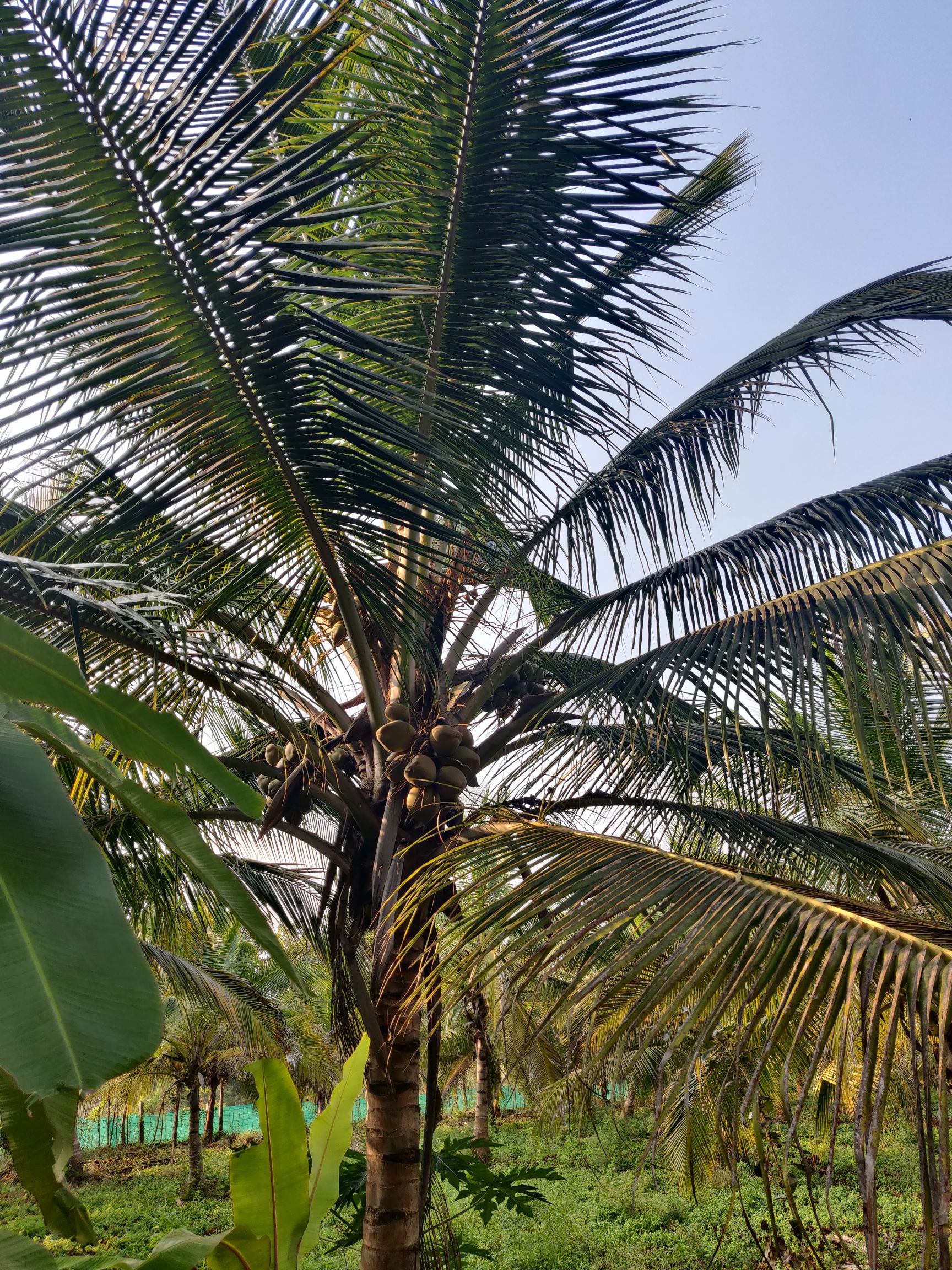
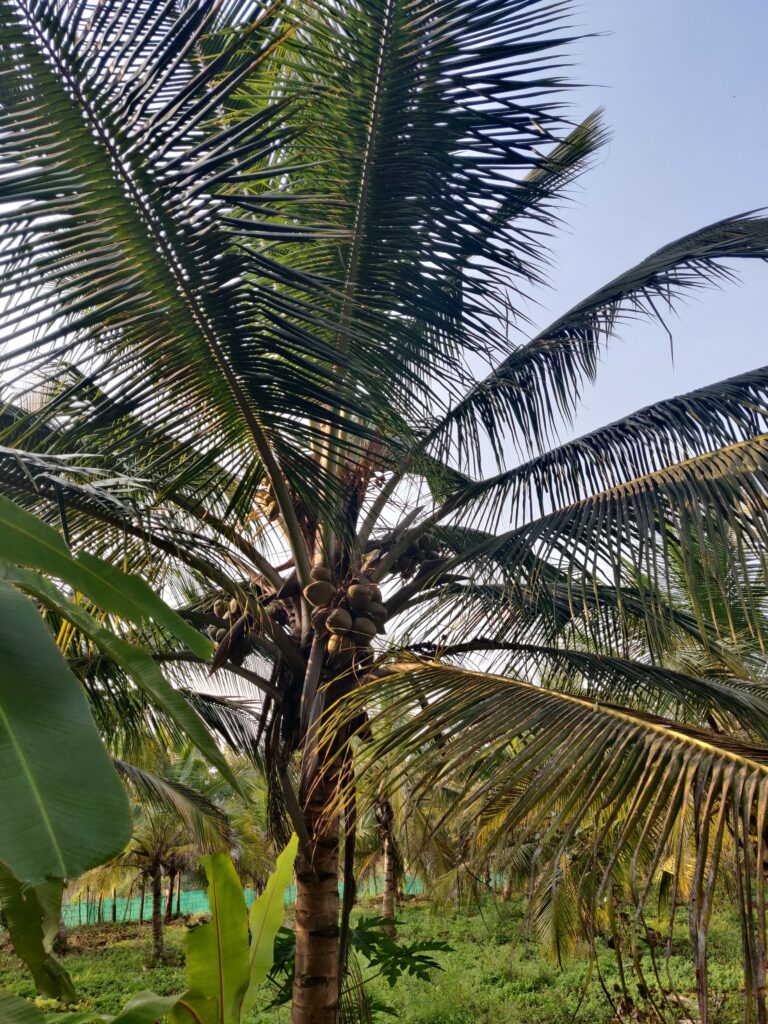
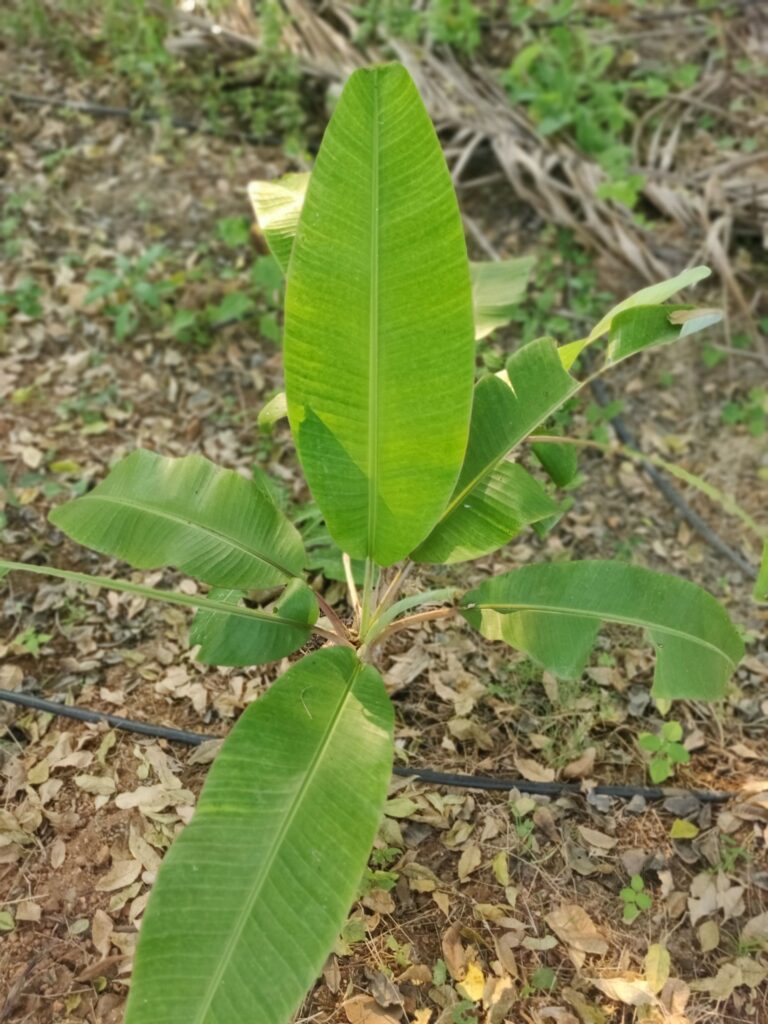
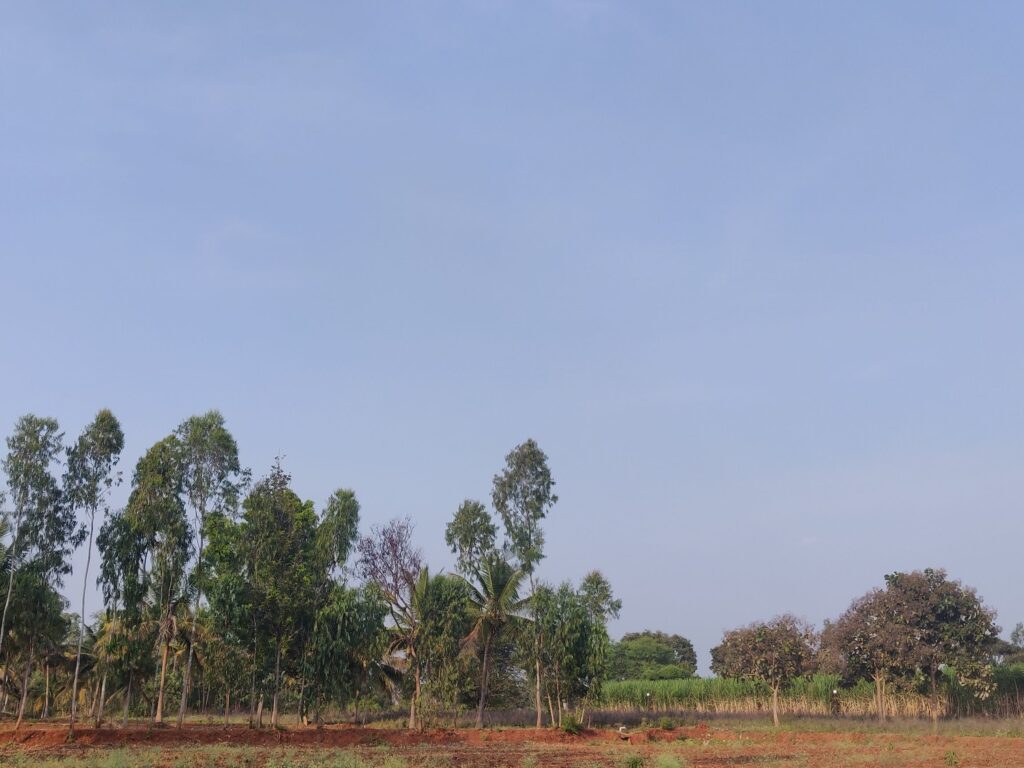

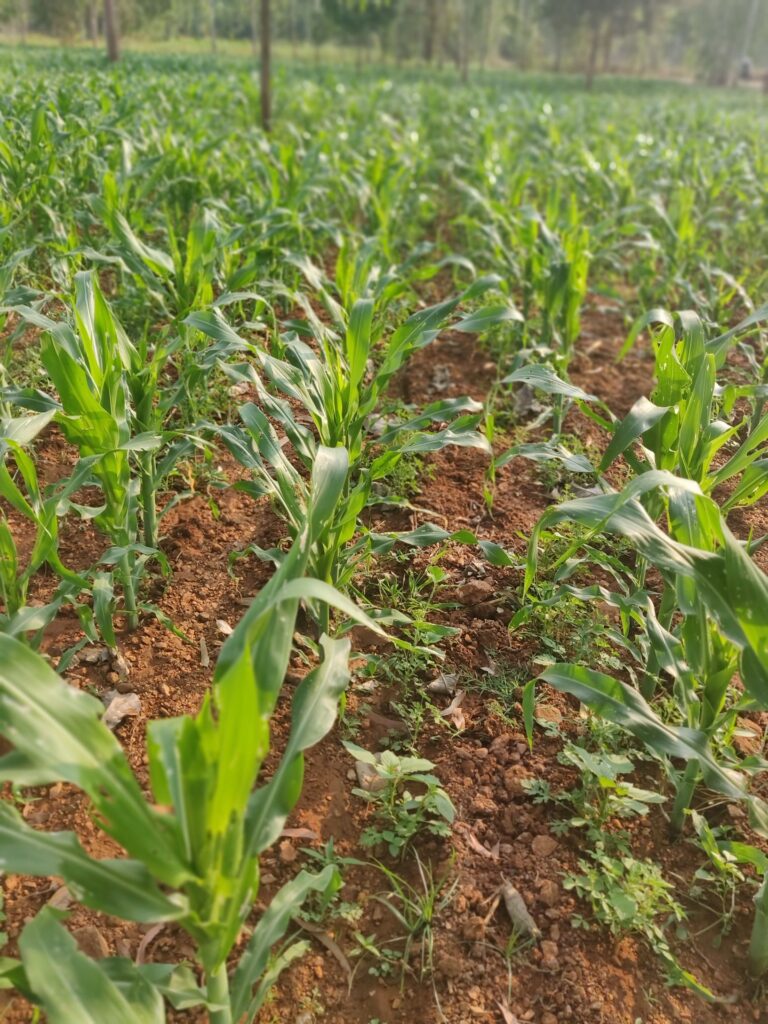
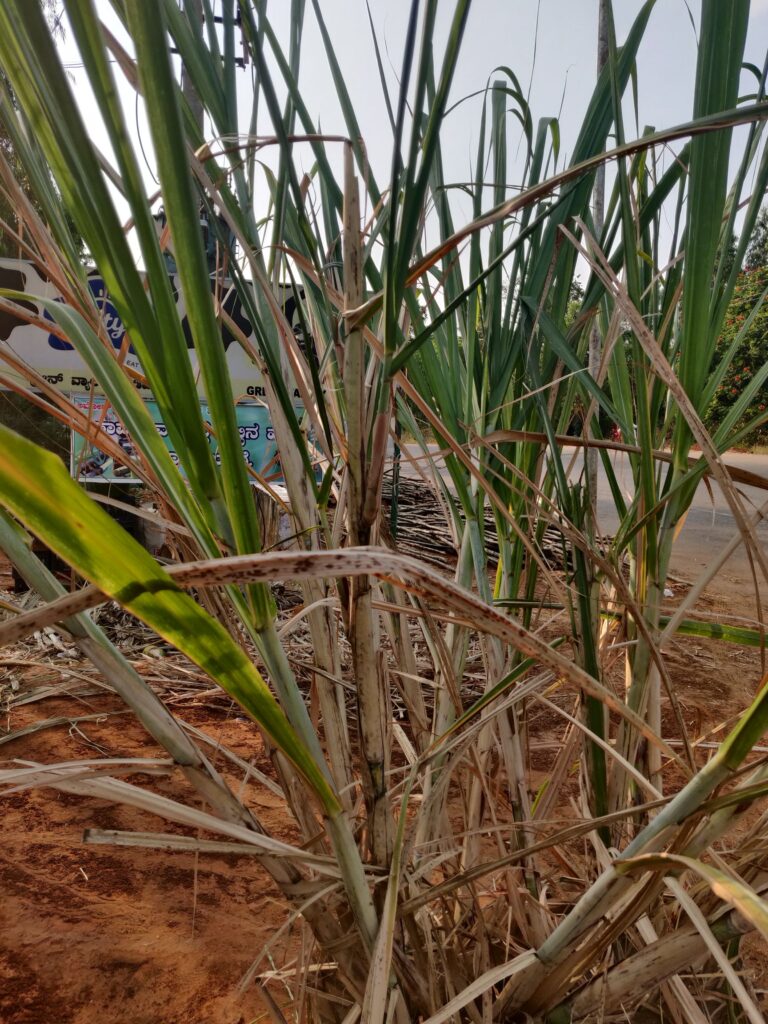
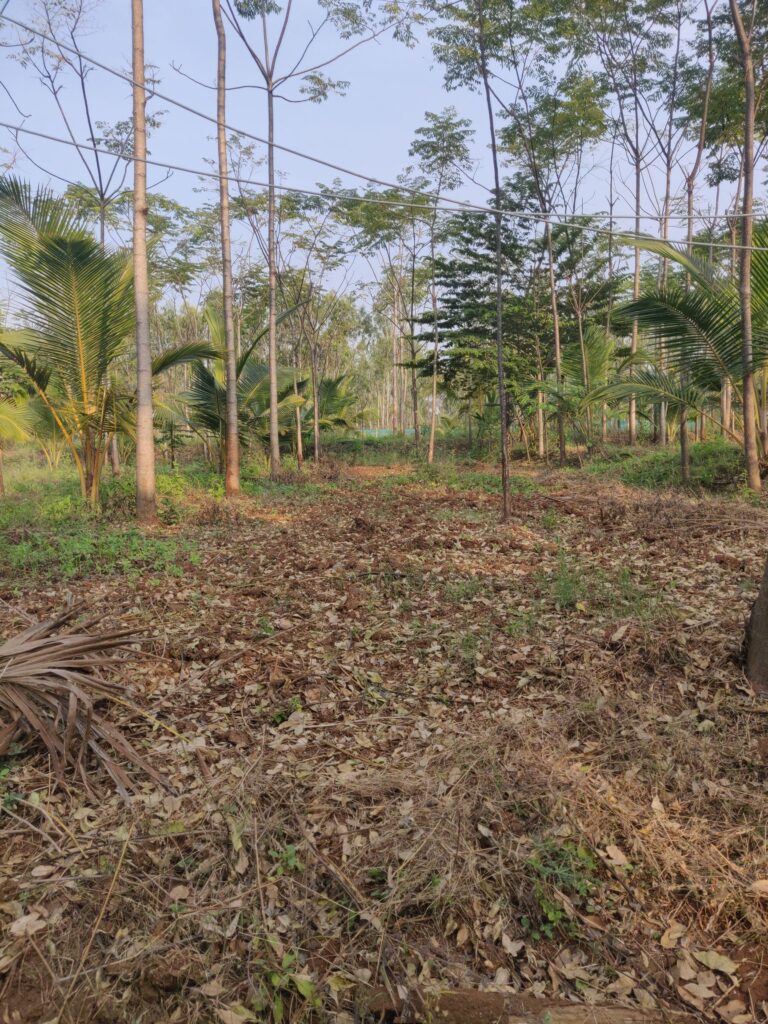
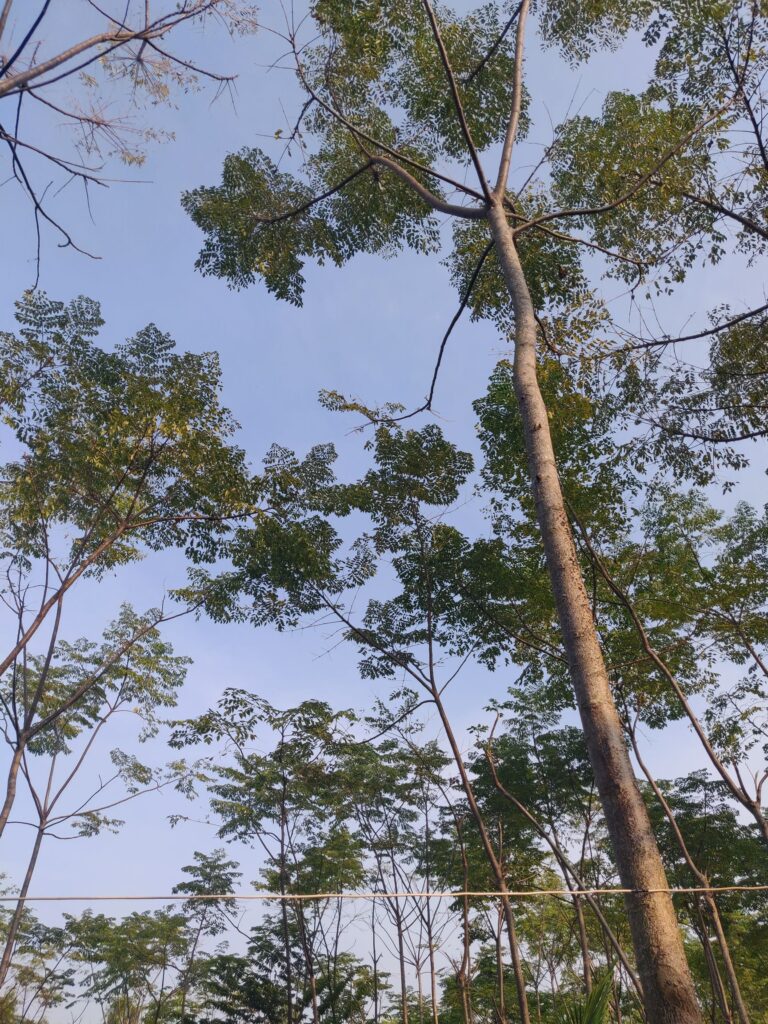
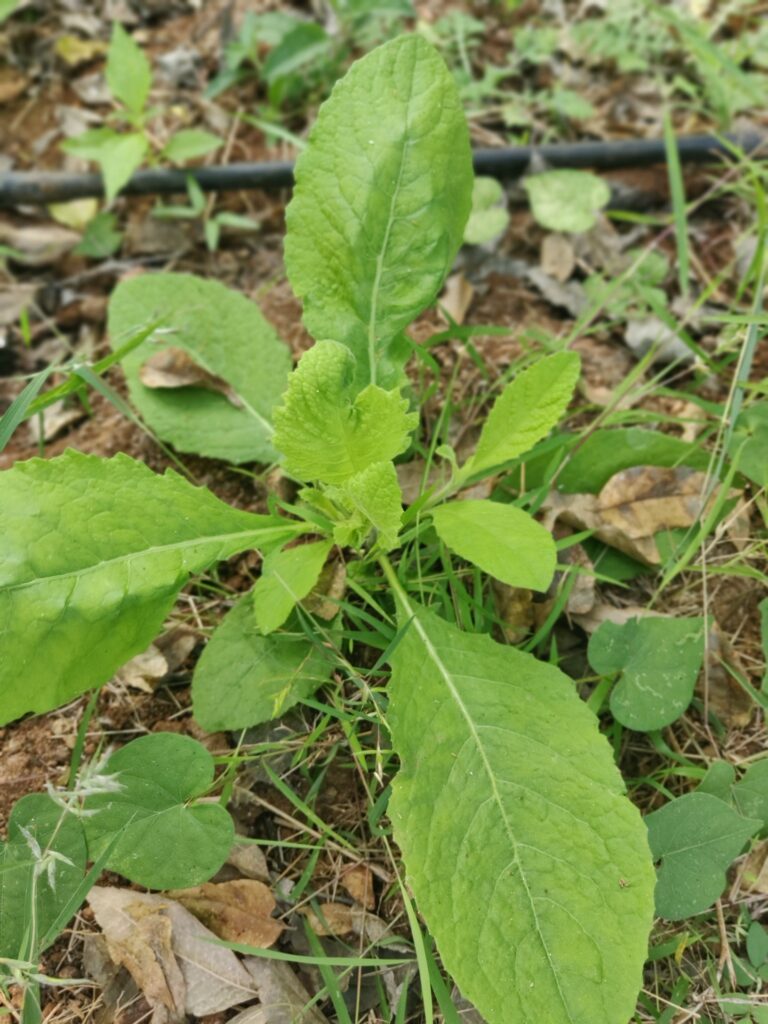
Greetings! Very useful advice in this particular article!
It’s the little changes which will make the most important changes.
Thanks a lot for sharing!